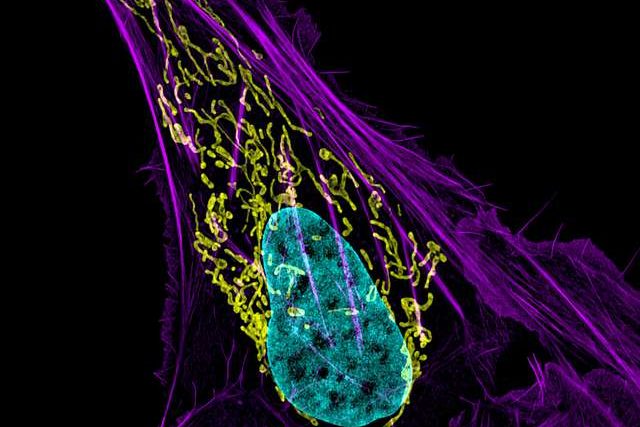Cancer research is currently one of the most invested sectors in the healthcare industry, and at the heart of it is CAR T-cell, an exciting novel invention often talked of as the model of the future for commercial therapeutics. What exactly is CAR T-cell therapy and why is it worth keeping an eye on?
What is CAR T-Cell?
The ‘chimera’ in Chimeric Antigen Receptor (CAR) T-Cell first described a fire-breathing lion-goat-snake hybrid monster from Greek mythology. In CAR T-cell therapy, the chimera in question refers to the synthetic modification of patient’s T-cells, a subtype of white blood cells, to recognise and eliminate cancer cells in the blood.
Does it work?
Yes, it works remarkably well to treat certain kinds of lymphoma, leukaemia and multiple myelomas, leading to high levels (some studies cite more than 90%) of long-term remission rates in blood cancer patients, even when other treatments have failed. In fact, the first child who received the treatment celebrated her 10-year anniversary of being cancer free just last May.
Is it just an over-glorified immunotherapy?
In a way, yes. However, what makes it groundbreaking is the fact that it is a landmark of a burgeoning era for commercial precision medicine, in which treatments are specifically tailored to meet individual patients’ needs.
An Investment Frenzy
Following approval of the therapy by various governing medical bodies, a plethora of eager investors are wanting a share in the revolutionary technology, and this has further fuelled interests in the idea of editing patients’ own cells to treat the current incurables: inherited genetic defects, auto-immune disorders, etc. And their enthusiasm has been reciprocated, with more personalized medical treatments such as gene therapies being approved since, and an even greater number of them on the way to gaining approval. Moreover, a growing number of startups in related fields are being acquired by established biopharma players. As such, the global market of precision medicine boasted a large market size of over USD 500 billion in 2021 with a steady average CAGR of 10% from 2015 to present, and is projected to maintain this growth for the coming decade.
Costs of Commercialisation
Yet, the challenges associated with any bespoke business model also apply to this industry. Streamlining the end-to-end operation from initial prescription, screening, collecting patients’ cells, engineering the cells with the correct profile, to finally administering the engineered cells back to the patient, is a logistic nightmare. The utmost care is needed in every step to ensure the safety and efficacy of the treatment is not compromised. As such, the potential for scaling up the quantity of the service is minimal.
All things being equal, high R&D and operational cost combined with limited supply capability calls for astronomical retail price to compensate for the few sales. Indeed, the average cost of CAR-T therapies is reported to be around USD 500,000, not including the post-treatment costs, which combined, may make the total price tag exceed USD 1 million per patient. And this is not even the most expensive of gene therapy treatments that currently exist.
So, is the future here?
In terms of generated revenue, the high price-few sales characteristic of CAR-T cell and other novel therapies poses no threat for the industry’s commercial success, it just catalogues them in the ultra-luxury market category. However, to be considered ‘the future’ of healthcare, precision medicine must be able to replace generic patient care in favour of better fit options for individuals. Therefore, market access limitations such as price, availability, information, and the geographical barriers surrounding the technology must be addressed. Fortunately, the ever-competitive landscape of biotechnology and the biopharmaceutical market means the race is on to bridge these market gaps that will bring us closer to the future.






0 Comments